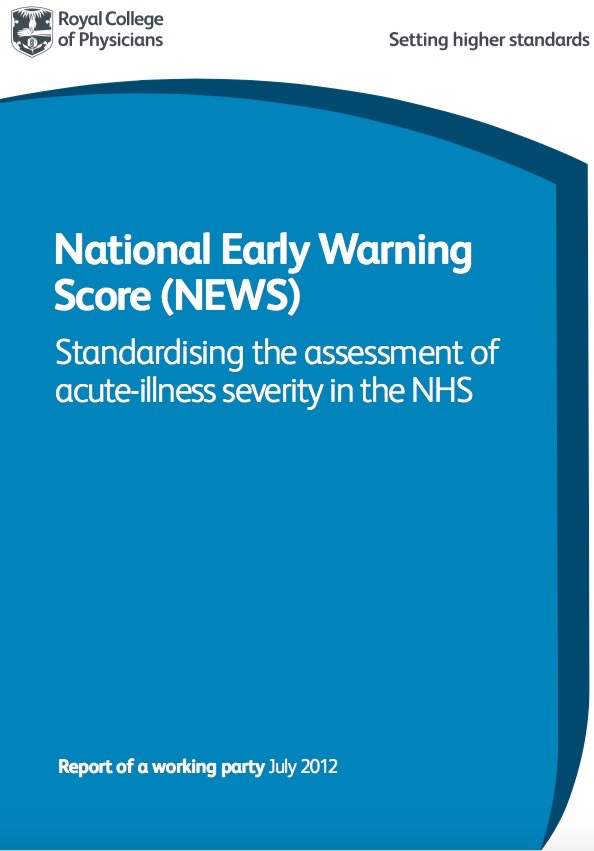By Gilberto Buzzi Senior Lecturer, School of Health and Social Care / Institute of Vocational Learning | London South Bank  University e-mail: buzzig2@lsbu.ac.uk
University e-mail: buzzig2@lsbu.ac.uk
When patients are admitted to hospital, the expectation is that they entering a place of safety. Their families, relatives and friends trust that once in the hands of healthcare professionals, their loved ones are not only going to find comfort but also receive the best treatment possible. Patients trust they will be looked after by competent and confident nurses who will prevent their situation from getting worse, and in the event their condition deteriorates, that they will indeed manage it effectively. Sadly, this is not always the case. Hospital mortality statistics have been linked to staff failures to identify or manage early signs of deterioration.
Recognising and responding to deteriorating hospitalised patients is an important global issue in nursing. By closely monitoring changes in physiological observations and interpreting early sings of physical and psychological decline, nurses are more likely to identify, manage and therefore avoid serious adverse events before they occur. The National Early Warning System (RCP, 2012) has been introduced to help address this issue. The system is based on objective physiological parameters being scored according to the amount of deviation from normal. The scores are weighted depending on the severity of deviation. 
The aggregate score is then calculated and acted upon accordingly. As with everything, the tool is only as good as the professional using it. Therefore, all nursing staff caring for patients in acute hospital settings must be competent in monitoring, measurement, interpretation and prompt response to the acutely ill patient, appropriate to the level of care they are providing as supported by their code of conduct (NMC, 2015).
To be able to calculate accurate NEWS the following should be assessed and documented.
- RR (respiratory rate) Record rate on every set of observations (RR is an early indicator of clinical deterioration.
- Oxygen Saturations (SpO2) Oxygen saturation should be measured by pulse oximetry.
- Temperature (Internal body temperature is preferable over axilla).
- BP (Systolic blood pressure) in case of acute deteriorating or if automated machines giving an inaccurate or suspect reading then check with a manual sphygmomanometer.
- HR (heart rate) Palpate the pulse, assess rhythm and rate and volume.
- Level of Consciousness (AVPU – Alert, responds to Voice, responds to Pain or Unresponsive, is a quick and easy method to assess level of consciousness. Change in consciousness is another sensitive indicator of clinical deterioration.
Assessment and management of deteriorating patients should follow the Resuscitation Council UK’s systematic airway, breathing, circulation, disability, exposure (ABCDE) approach to the assessment of critically ill patients (Resuscitation Council UK, 2006). Nurses need to ensure that appropriate senior help is called if necessary, following local and NEWS protocols. Guidelines and protocols are designed to support and improve clinical documentation and communication but should always be used in conjunction with nurses’ clinical judgment and intuition. By increasing their knowledge and awareness of signs of deterioration, nurses are in an ideal position to ensure patients are assessed promptly and managed effectively for positive outcomes.
- Nursing and Midwifery Council NMC (2015) The Code. Available from: https://www.nmc.org.uk/globalassets/sitedocuments/nmc-publications/nmc-code.pdf [Accessed 17th November 2016].
- Resuscitation Council UK (2006) The ABCDE approach. Available from: https://www.resus.org.uk/resuscitation-guidelines/abcde-approach/ [Accessed 17th November 2016].
- Royal College of Physicians (2012) National Early Warning System (NEWS). Available from: https://www.rcplondon.ac.uk/projects/outputs/national-early-warning-score-news [Accessed 17th November 2016].